Zoos Victoria's fight becomes mightier
Zoos Victoria’s Fighting Extinction strategy exists to secure and recover species at risk of extinction before it’s too late.
And while there have been many successes worth celebrating since we launched our first Wildlife Conservation Master Plan in 2014 – Eastern Barred Bandicoots and Baw Baw Frogs come to mind – the fight against wildlife extinction remains mighty.
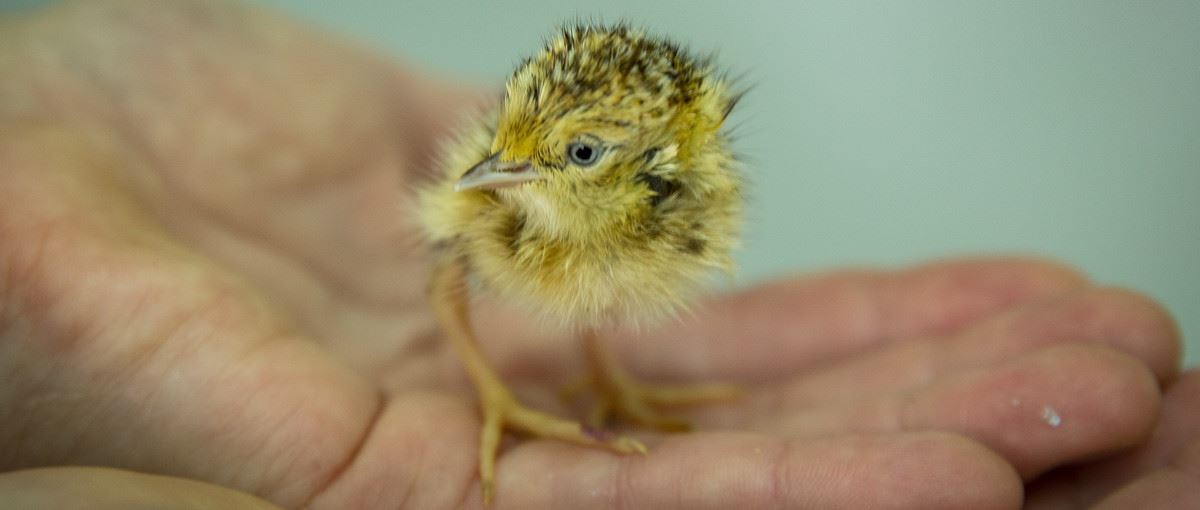
Following a thorough reassessment of the current environmental landscape, the team at Zoos Victoria have upped our local threatened species in recovery list in 2019 from 21 to 27.
The 27 species we have prioritised in our Fighting Extinction efforts are both those in dire need, and those whose current trajectory is of concern.
As Australian terrestrial species, they are all interconnected and essential to the ecological landscape.
Please meet the newest additions to our fight against extinction:
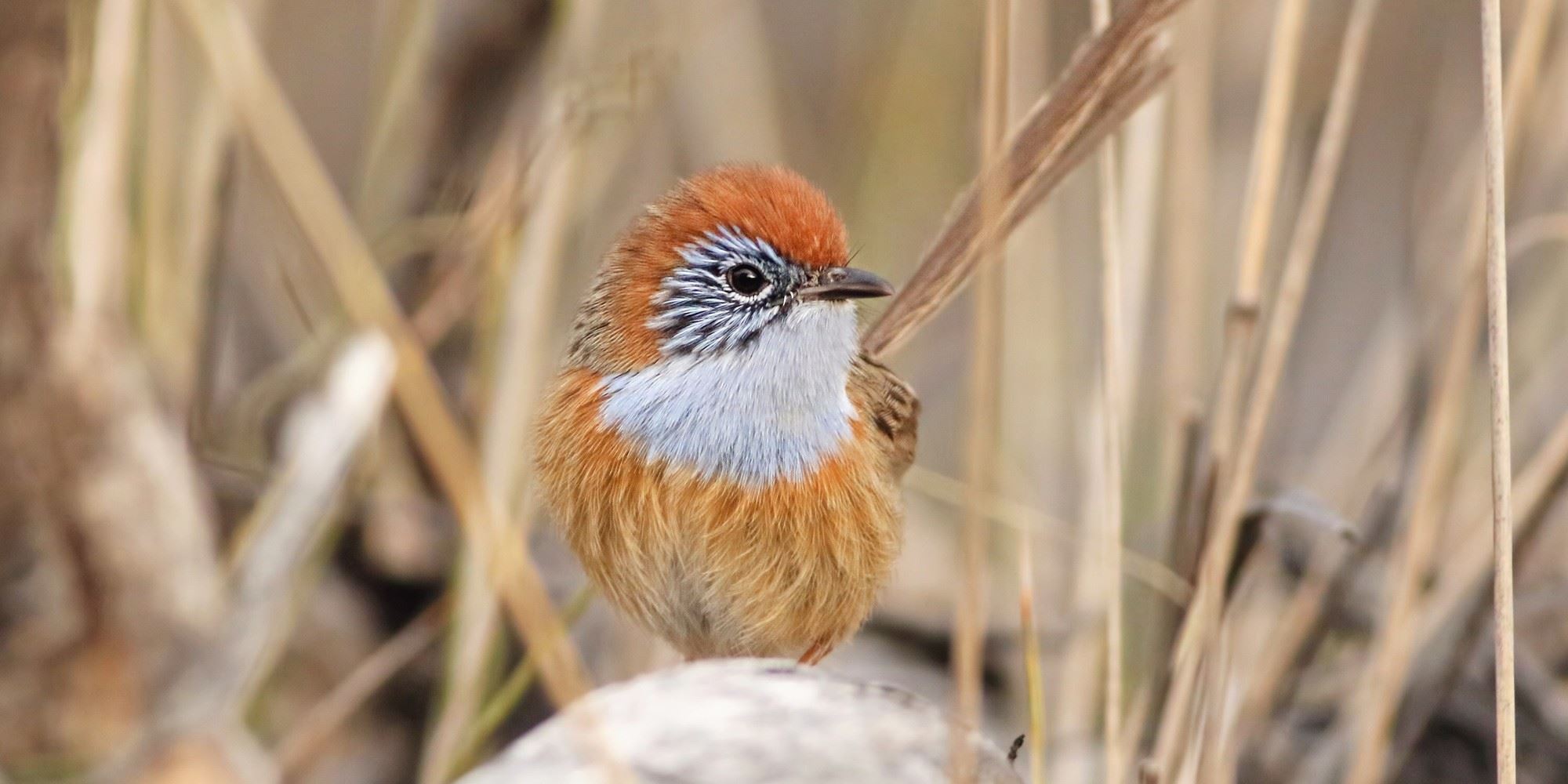
Mallee Emu-wren - Endangered
This tiny little bird was almost wiped out by bushfires in its native South Australia, but thanks to some on-the-ground intervention, was returned to its former habitat.
Striking in features, with a white bib and orange cap (the males also have a sky blue face), the songbirds are restricted in their habitat due to long tail feathers inhibiting their ability to fly long distances.
Zoos Victoria is part of the Threatened Mallee Bird Advisory Committee. We are making every effort to re-establish populations and support wild-to-wild translocation within the bird’s former range.
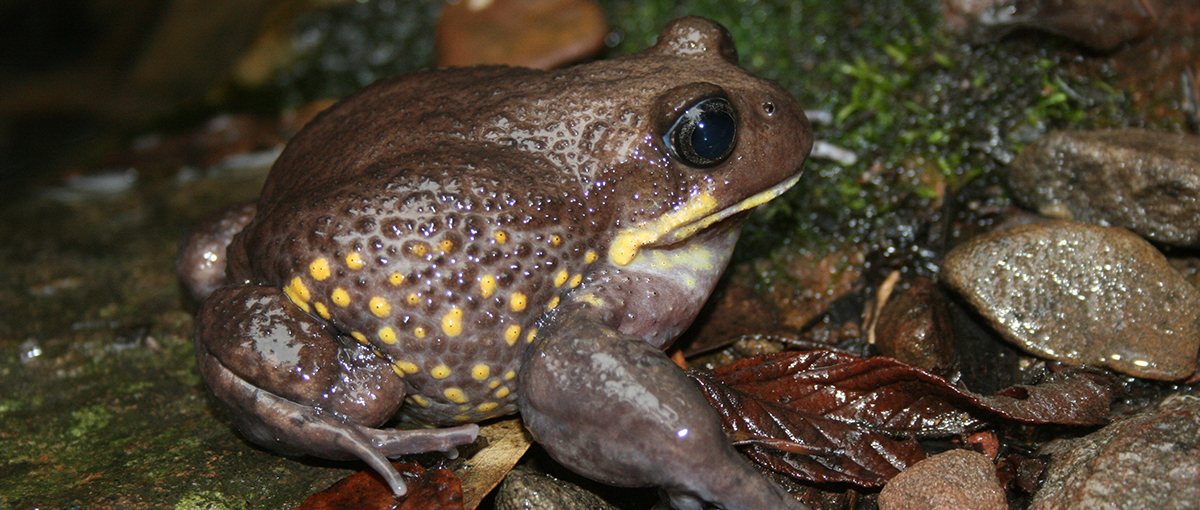
Giant Burrowing Frog - Vulnerable
They may be New South Wales’ largest frog, but little is known about the Giant Burrowing Frog, except that their numbers are in rapid decline.
Their distribution throughout southern NSW and Victoria has meant they have come under threat from factors such as habitat loss, poor water quality and climate change, as well as the devastating Chytrid fungus.
Over the next five years, Zoos Victoria will carry out important on-the-ground surveys to discover more about the Giant Burrowing Frog and its remote habitat.
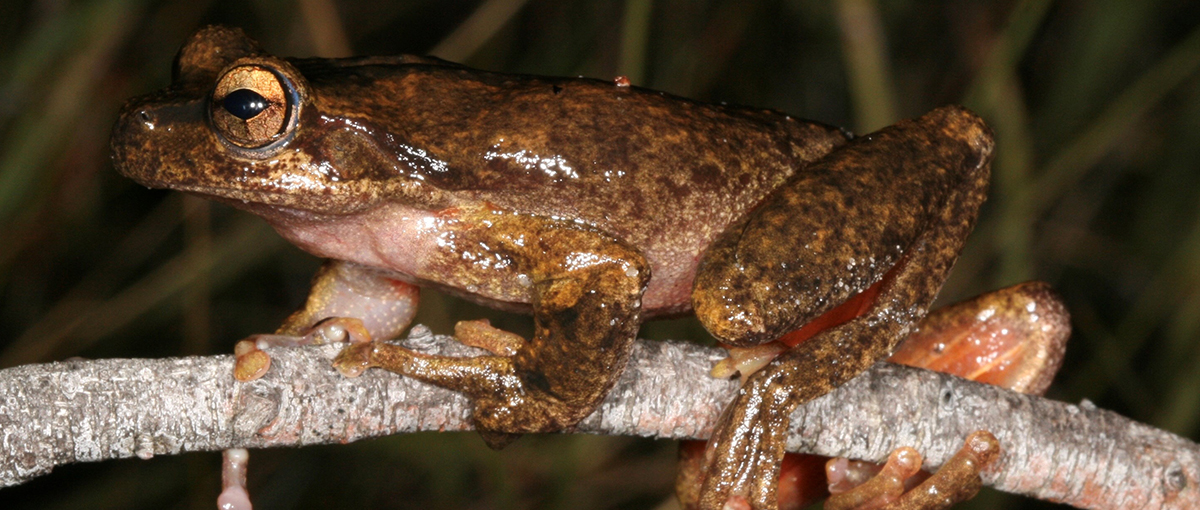
Large Brown Tree Frog - Endangered
The Large Brown Tree Frog was thought to be extinct in the wild, until a chance sighting by an ecologist in East Gippsland in 2015, who was on the lookout for gliders, confirmed it was still hanging in there…but only just.
Another victim of the brutal Chytrid fungus, the tree frog has eluded scientists for a number of decades, with little known about the amphibians’ habits, besides its distinctive mating call.
Zoos Victoria is building on the knowledge of the Large Brown Tree Frog through a long-term monitoring program. We are also developing habitat management to improve wild populations.
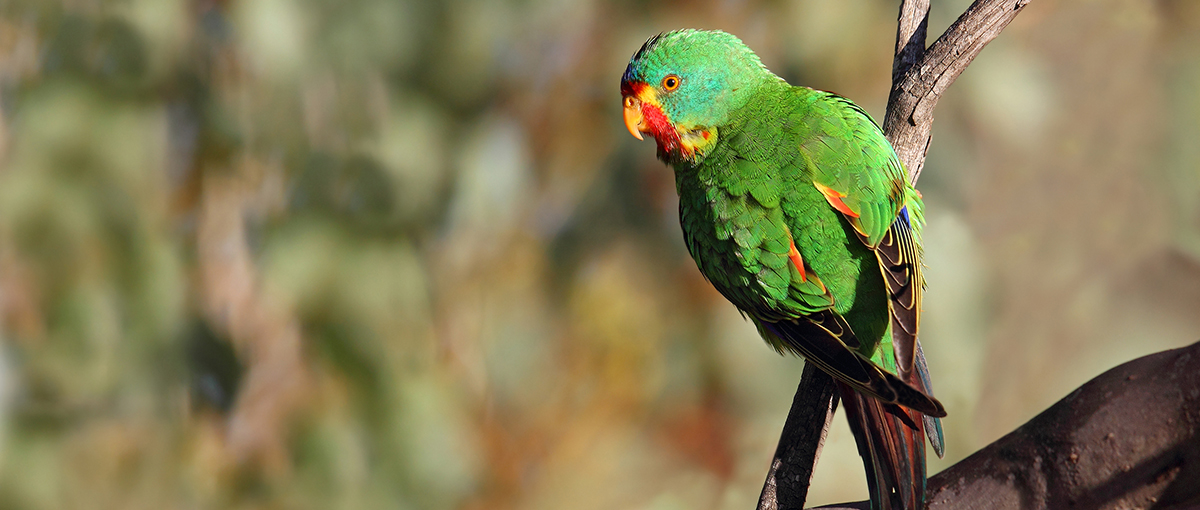
Swift Parrot – Critically Endangered
Streamlined for speed, the Swift Parrot is one of the few truly migratory parrots in the world. Small, brightly coloured, with a penchant for nectar from flowering eucalypts the entire wild population migrates from Tasmania to Victoria’s Great Dividing Range each autumn.
Major habitat loss has created a serious problem for the Swift Parrot. More than 70% of the forests and woodlands they rely upon is no longer present. The introduction of the Sugar Glider to Tasmania has added to the threat, with the glider establishing itself in the bird's nesting hollows, crushing eggs in the process.
Zoos Victoria is supporting actions in the field to locate the most important habitat for the Swift Parrot and minimise the threat from Sugar Gliders. We are also assessing the need to create a captive population and, if required, construct a breeding facility.
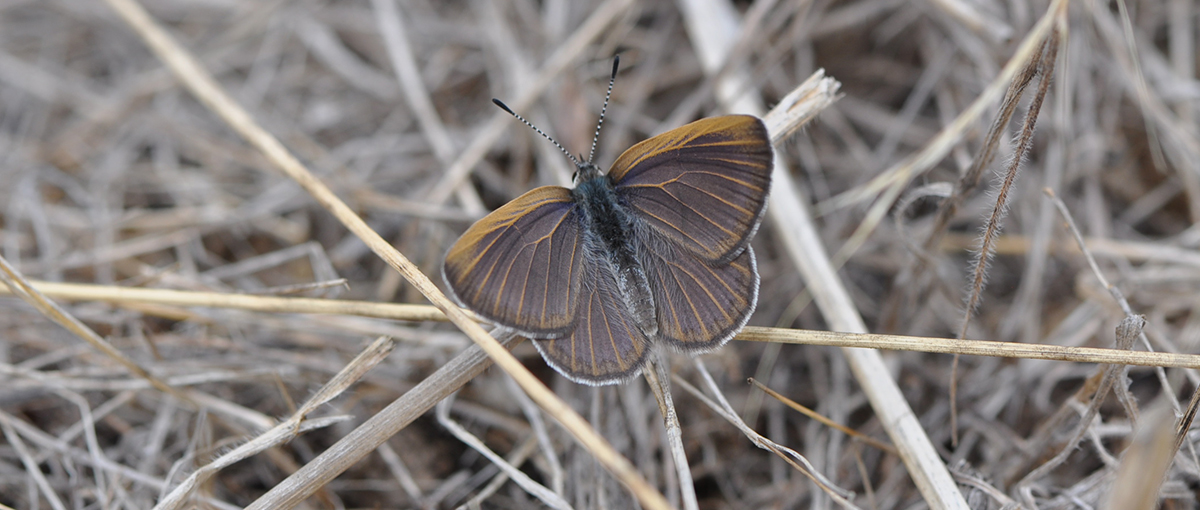
Golden-rayed Blue Butterfly - Critically Endangered
The Golden-rayed Blue Butterfly only lives in two isolated areas in the Wimmera and is the only Australian butterfly solely native to Victoria. It also only feeds on only one species of plant, known commonly as Creeping Boobialla, which is hindering the survival of the invertebrate.
On top, the adult butterflies are purple with orange veins. Underneath, they are pale grey with an arc of black spots around the margins.
The most serious threat to its habitat is caused by an invasion of the paperbark tree, which is creating a dense shaded paperbark forest that is reducing both the preferred open sunny microhabitat of the butterfly, and the extent of the larval food plant.
Zoos Victoria is conducting field surveys to better understand the threats to the Golden-rayed Blue Butterfly. We will also support its protection and restoration through land management and re-vegetation.
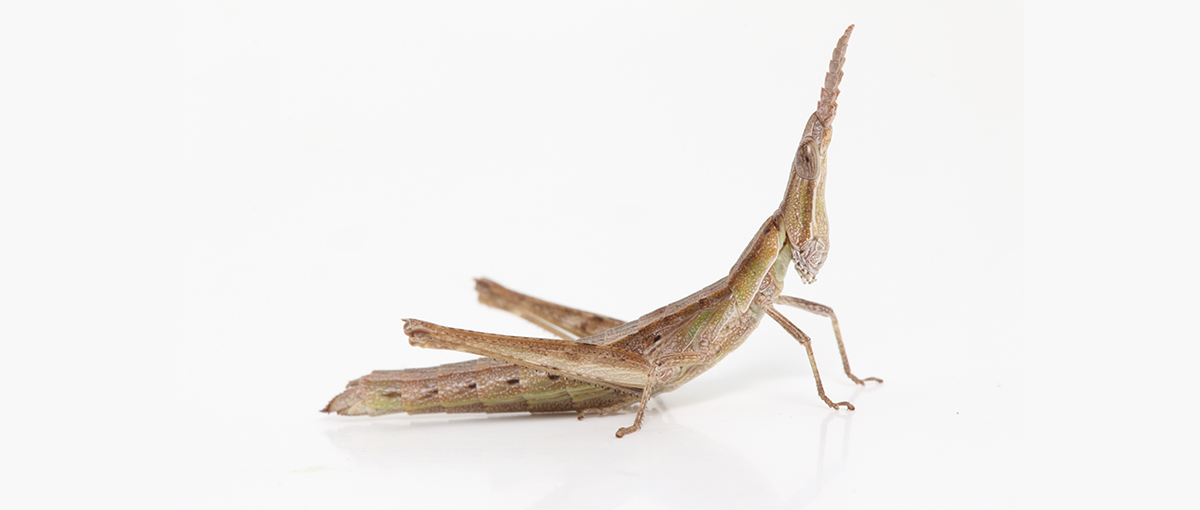
Key’s Matchstick Grasshopper - endangered
The Key’s Matchstick Grasshopper hasn’t been seen in Victoria for decades, and was thought to be extinct in the wild. But recent sighting have located it in a handful of areas in southern NSW and the ACT.
Flightless, with a long, stretched body and a cone-shaped head, the grasshopper is found in habitat dominated by a tall perennial grass, which it relies on it for protection from predators and extremes of weather. Commonly, it was found in Victorian cemeteries, where it dined on daisies.
But as wheat and grazing belt expended and graveyards were moved, almost none now remain.
Zoos Victoria are supporting researchers at the University of Melbourne, who are working to discover more about the remaining and extinct grasshopper populations. There is also a plan to refine methods for captive breeding and re-introducing the Key’s Matchstick Grasshopper to the wild.
